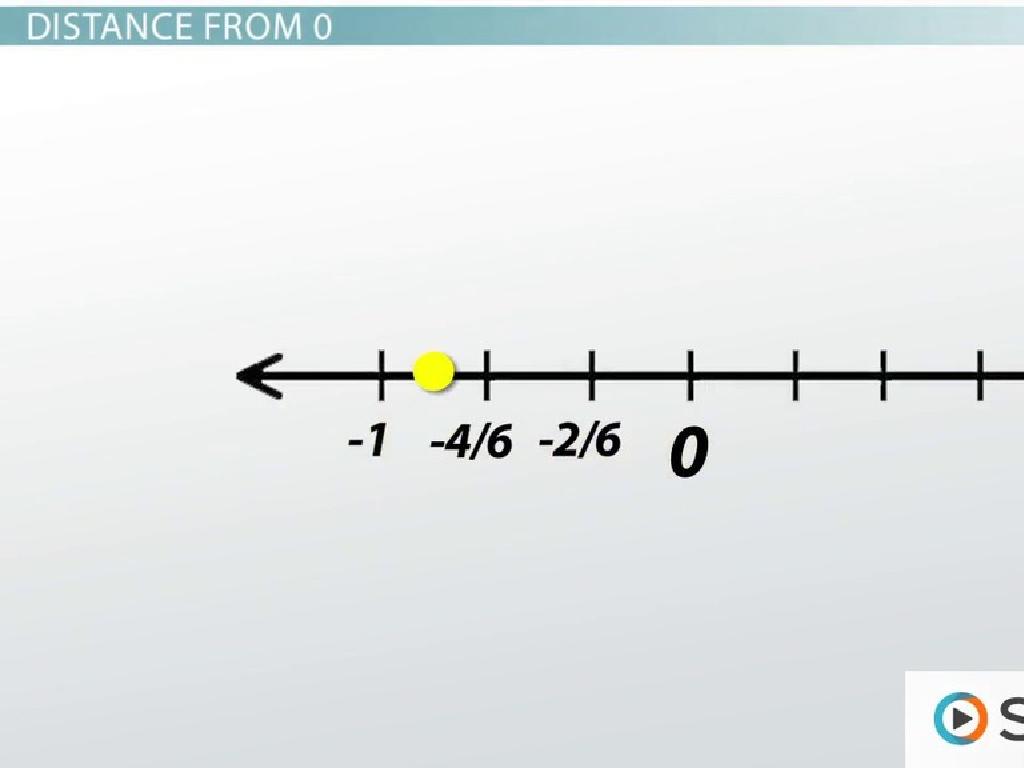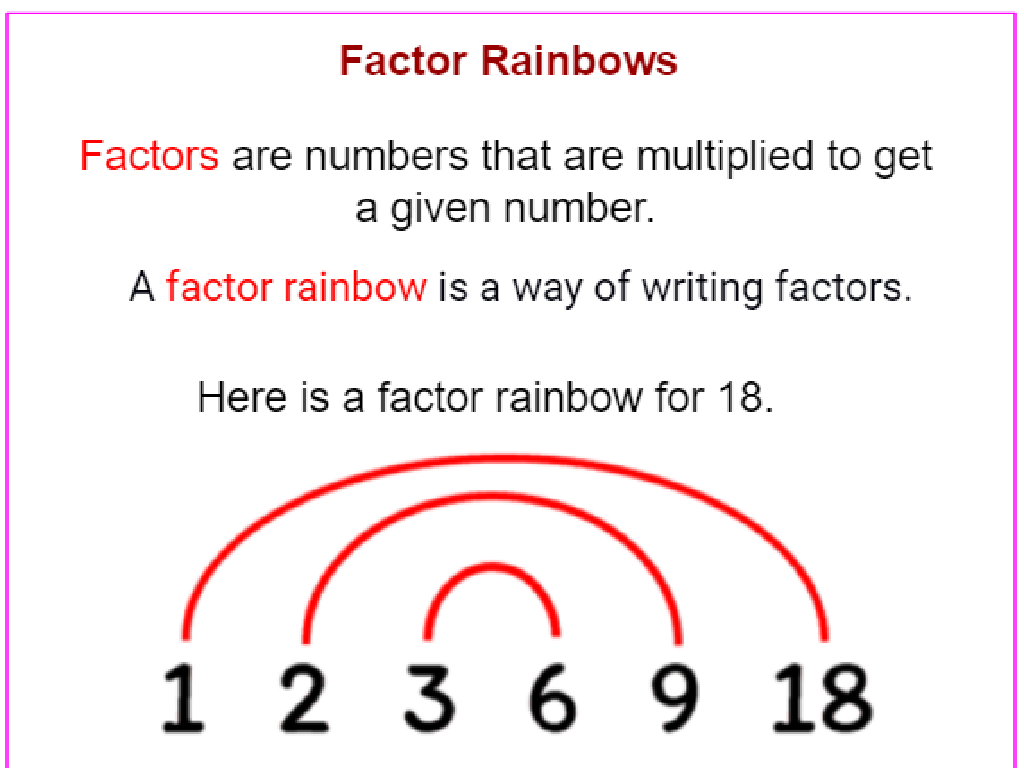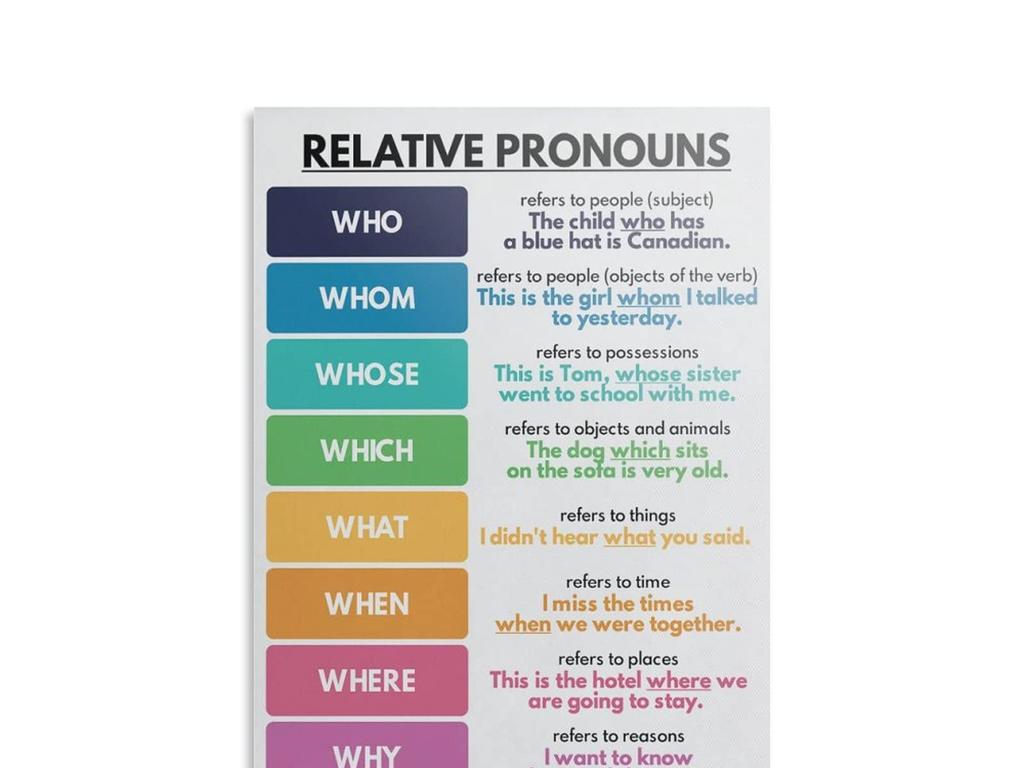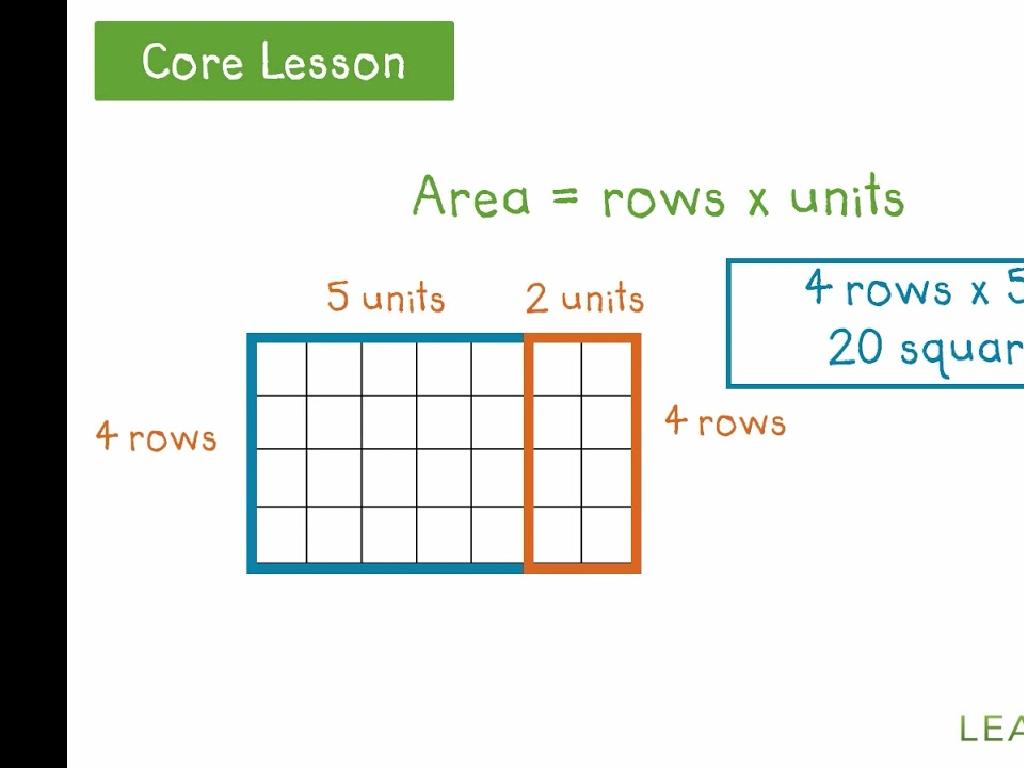Subtract Fractions With Unlike Denominators
Subject: Math
Grade: Fourth grade
Topic: Add And Subtract Fractions With Unlike Denominators
Please LOG IN to download the presentation. Access is available to registered users only.
View More Content
Subtracting Fractions with Unlike Denominators
– Recap: What are fractions?
– Fractions represent parts of a whole, like 1/2 of a pizza.
– Like vs. Unlike Denominators
– Like denominators are the same, unlike ones are different.
– Importance of subtracting fractions
– It’s a key skill for advanced math and real-life problems.
– Steps to subtract with unlike denominators
– Find a common denominator, convert, then subtract numerators.
|
Begin with a brief review of fractions, ensuring students recall that fractions represent parts of a whole. Clarify the difference between like and unlike denominators, using visual aids if possible. Explain why the ability to subtract fractions with unlike denominators is crucial, as it is widely applicable in more complex math problems and real-world situations, such as cooking or dividing resources. Finally, introduce the steps to subtract fractions with unlike denominators, which will be explored in detail in the following slides. This foundational knowledge sets the stage for students to successfully engage with and solve subtraction problems involving fractions.
Visualizing Fractions with Pie Charts
– Use pie charts for fractions
– Pie charts show parts of a whole clearly
– Visualize unlike denominators
– Fractions like 1/3 and 1/4 have different sized pieces
– Why direct subtraction fails
– Without the same size pieces, we can’t subtract easily
– Finding a common denominator
– We make denominators the same to subtract fractions
|
This slide introduces students to the concept of visualizing fractions using pie charts, which helps them understand parts of a whole. It’s crucial to show how fractions with unlike denominators, such as 1/3 and 1/4, have pieces of different sizes, making direct subtraction impossible. Emphasize the importance of finding a common denominator to combine these fractions. Use examples with pie charts to demonstrate how fractions are made equivalent before subtraction. This visual approach will help students grasp why fractions must have the same denominators to be subtracted.
Finding Common Denominators
– Understanding common denominators
– A common denominator is a shared multiple of two or more denominators.
– Steps to find the least common denominator
– List multiples of each denominator and choose the smallest one that’s common.
– Examples: Finding LCD for fractions
– For 1/3 and 1/4, multiples of 3 are 3, 6, 9, 12 and multiples of 4 are 4, 8, 12, 16. The LCD is 12.
– Practice with different fractions
|
This slide introduces the concept of common denominators, which is crucial for adding or subtracting fractions with unlike denominators. Start by explaining that a common denominator is a number that all denominators can divide into without leaving a remainder. Teach students how to list out multiples of each denominator to find the least common denominator (LCD). Use clear examples with small numbers to demonstrate how to find the LCD. Encourage students to practice finding the LCD by providing additional fractions for them to work with. This foundational skill will help them with more complex fraction operations in the future.
Making Equivalent Fractions
– Make fractions have same denominator
– Find a common number both denominators can divide into
– Multiply to create equivalent fractions
– Use multiplication on top and bottom to make fractions equal
– Solve practice problems together
– Let’s try some examples as a class to learn
– Understand equivalent fractions
|
This slide introduces the concept of equivalent fractions, which is a crucial step in subtracting fractions with unlike denominators. Start by explaining that in order to subtract fractions, they must have the same denominator. Show how to find a common denominator by choosing a number that both original denominators can divide into evenly. Then, demonstrate how to multiply the numerator and denominator by the same number to create equivalent fractions. Work through practice problems as a class to reinforce the concept. Ensure that students understand that the value of the fraction doesn’t change, even though the numbers do. Provide several examples and encourage students to participate in solving them.
Subtracting Fractions with Unlike Denominators
– Steps to subtract fractions
– Find a common denominator, then rewrite each fraction.
– Subtract the numerators
– After finding common denominators, subtract the top numbers.
– Keep the common denominator
– The denominator stays the same when subtracting fractions.
– Simplify the fraction if needed
– If the fraction can be reduced, divide the top and bottom by the same number.
|
When teaching fourth graders to subtract fractions with unlike denominators, start by explaining the need for a common denominator so that the fractions are comparable. Demonstrate how to find the least common denominator (LCD) and rewrite each fraction accordingly. Emphasize that only the numerators (top numbers) are subtracted, while the denominator remains unchanged. After the subtraction, guide students on how to simplify the fraction by finding the greatest common divisor (GCD) for the numerator and denominator. Provide examples and practice problems to ensure understanding. Encourage students to check their work by asking if the simplified fraction makes sense with the original problem.
Subtracting Fractions with Unlike Denominators
– Walk through example problems
– Let’s solve 2/3 – 1/4 together, step by step.
– Discuss each subtraction step
– Find a common denominator, subtract numerators, simplify if needed.
– Answer any questions
– What parts are confusing? Let’s solve them together.
– Highlight common mistakes
– Don’t forget to find a common denominator first!
|
This slide is designed to guide students through the process of subtracting fractions with unlike denominators. Start by solving a few examples as a class, such as 2/3 – 1/4, ensuring to find a common denominator before subtracting the numerators. Discuss each step in detail and encourage students to ask questions if they’re unsure about any part of the process. Emphasize the importance of not skipping steps, such as finding a common denominator, and remind them to always simplify their answers. Address common mistakes, such as subtracting denominators or forgetting to simplify, and provide tips on how to avoid them. The goal is to build confidence and understanding in subtracting fractions with different denominators.
Practice Time: Subtracting Fractions
– Work on practice problems individually
– Discuss solutions with classmates
– Share your methods and learn from peers
– Teacher support during practice
– Ask for help if you’re stuck on a problem
– Focus on subtracting with unlike denominators
|
This slide is for a class activity focused on practicing the subtraction of fractions with unlike denominators. Students should start by attempting to solve the problems on their own to assess their understanding. Encourage them to discuss their problem-solving strategies with their peers, fostering a collaborative learning environment. As the teacher, circulate the room to observe student progress and offer assistance as needed. Emphasize the importance of finding a common denominator before subtracting and ensure students are comfortable with this step. Prepare to provide additional examples or mini-lessons for students who may be struggling. The goal is for students to become more confident in their ability to subtract fractions with unlike denominators through practice and peer learning.
Review and Q&A: Subtracting Fractions
– Recap: Subtracting unlike denominators
– Remember to find a common denominator before subtracting.
– Ask: Any questions or doubts?
– Discuss: Clarify confusing parts
– Let’s go over any steps that are unclear.
– Activity: Practice problems
– Solve additional examples together.
|
This slide is meant to consolidate the learning from the lesson on subtracting fractions with unlike denominators. Begin by reviewing the process of finding a common denominator and then subtracting the numerators. Open the floor for students to ask questions; this encourages active participation and helps identify areas that may need more explanation. Address any misconceptions or difficulties students have encountered. Conclude with a few practice problems to reinforce the concept. For the activity, consider having students work in pairs to solve problems and then explain their process to the class, fostering peer learning.
Class Activity: Fraction Bingo
– Play Fraction Bingo
– Cards have different denominators
– Find equivalent fractions
– For example, 1/2 is the same as 2/4 or 3/6
– Five in a row to win!
|
This interactive activity is designed to help students practice finding equivalent fractions with unlike denominators in a fun and engaging way. Each student will receive a bingo card filled with fractions that have different denominators. The teacher will call out fractions in their simplest form, and students will need to find and mark the equivalent fraction on their bingo card. This activity requires students to apply their knowledge of finding common denominators and simplifying fractions. The first student to align five correct equivalent fractions horizontally, vertically, or diagonally wins the game. Prepare multiple rounds to give each student a chance to win and consider small prizes to motivate participation. This game also serves as an informal assessment of students’ understanding of the concept.






